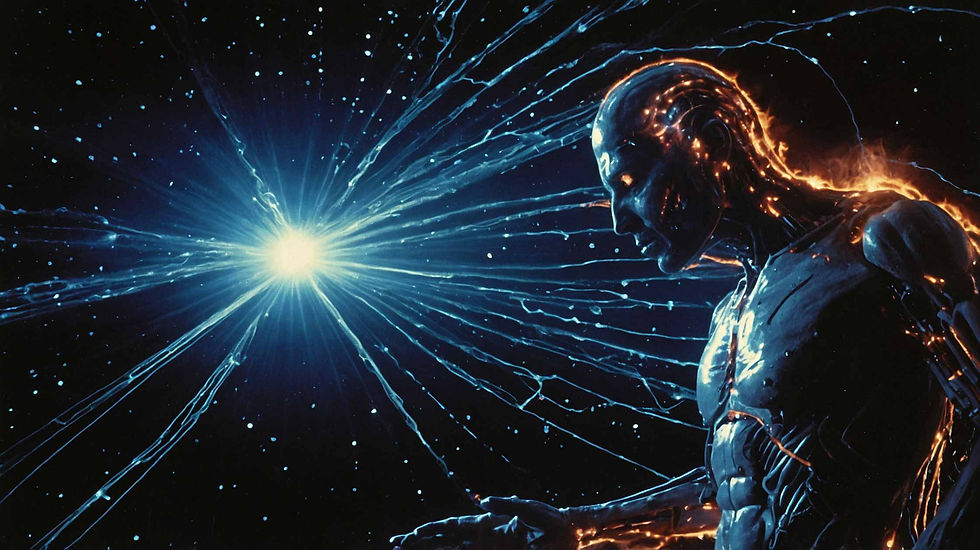
Why were flash websites so popular?
9 April 2024
Want your article or story on our site? Contact us here

Adobe Flash (formerly Macromedia Flash) was once the premier tool for creating websites. Flash dominated high-end websites during the late nineties and early 2000s due to its ability to create fully immersive, interactive sites.
It proved more flexible than HTML standards at the time and could create a highly dynamic website with functional video and sound across a dial-up connection. This was mainly due to a loading screen that kept the users’ attention. Some even included interactions and animation to stop the user from going elsewhere. I remember loading the Coca-Cola Flash website back in my youth—the loading screen would look like a close-up of a can of Coke, which would develop beads of condensation that you could click with your mouse…these would run down your screen, just like they did on the adverts.
Flash websites were typically highly creative, expensive and difficult to make. They required a design firm to keep the site updated, but you could consider yourself part of an elite group if you had a full Flash website. Companies such as Nike, Hewlett-Packard (HP), Nokia, General Electric, World Wildlife Fund, HBO, Cartoon Network, Disney and Motorola all had Flash sites.
The websites themselves felt like you were playing a video game. Some even included keyboard interactions and drag-and-drop functionalities. Check out Theory7’s Flash site from back in 2001
You can see the interaction these websites offered the dial-up user of the time. It was fun to ‘play’ with these sites. They would often include music and sound effects, which kept you immersed. It’s not surprising that Flash itself moved over to online games midway through the 2000s (anyone play Farmville or Angry Birds?).
Eventually, website development moved away from full Flash sites and they began to add Flash to HTML sites instead, using the Flash Player to display video and interactions. Some companies would use Flash to showcase products and would provide a 3D model of what you intended to buy, including changes in colour, style and size.
One of my first design jobs involved making Flash headers for the top of customers' websites.
In time, elements of HTML5 replaced Flash’s functionality with easier coding methods that didn't require an additional plugin for the user (Steve Jobs’ rant about Flash probably didn't help either—see my previous post). But, for me, a lot of these functions didn't have the same flair or spice as those early innovators; they felt a little ‘dumbed down’.
I will leave you with some links to YouTube videos that showcase some of these early website designs. Who knows…maybe one day everything will come full circle.



